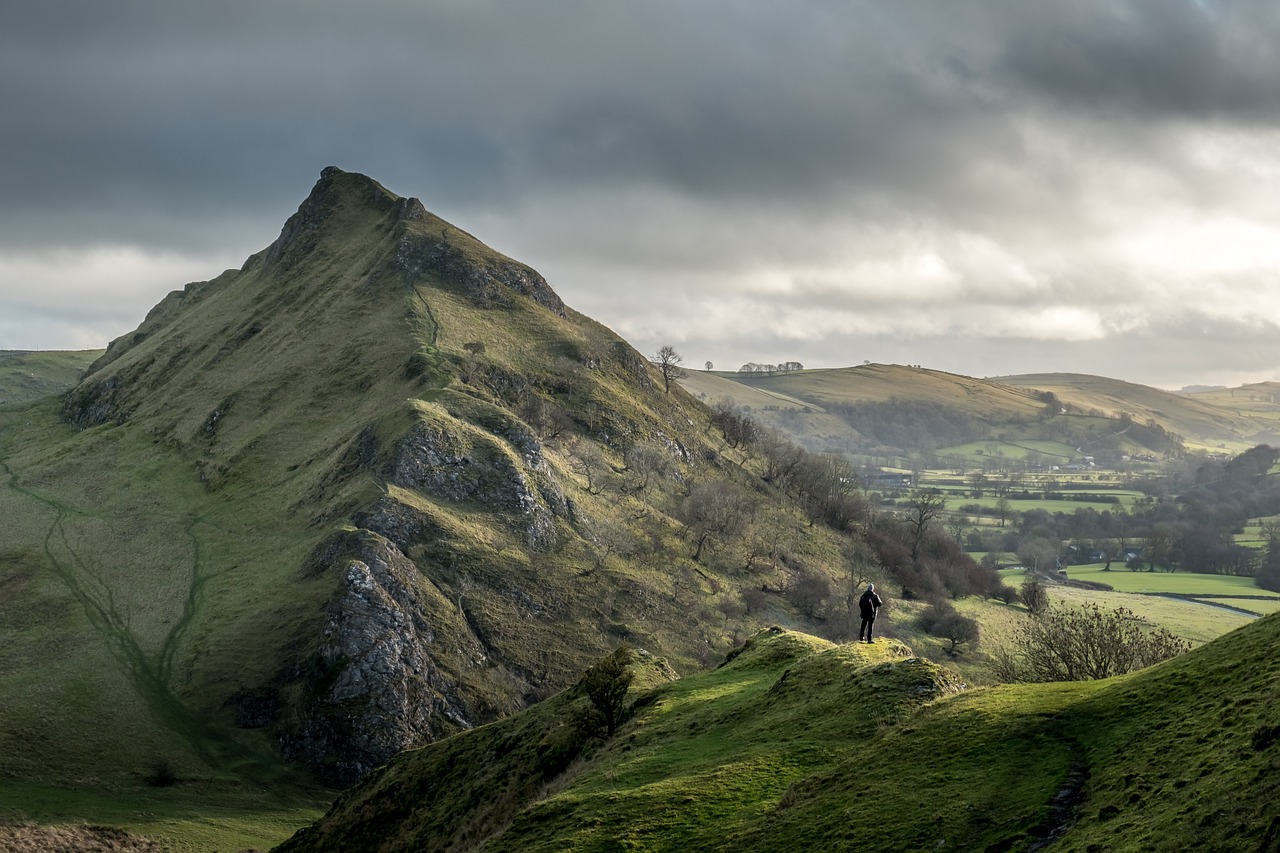For the early inhabitants, the Anamalai Hills were more than just a place to live—they were sacred. The towering mountains, dense forests, and wildlife held deep spiritual meaning. Many of these tribes believed that the forest was a living entity, inhabited by spirits and ancestors. Their traditional worship practices were closely tied to nature, with particular animals, trees, and natural features like rivers and waterfalls considered sacred.
One of the key spiritual practices among these communities was the worship of deities of nature—mountain gods, forest spirits, and guardian deities of wildlife. Rituals were performed in the open, often near ancient trees or specific landmarks within the forest. Seasonal festivals and harvest ceremonies were held to honor these deities, seek blessings for the community, and ensure the continued fertility of the land.
The connection between the people and the hills was so profound that many tribal myths suggest that the Anamalai Hills were shaped by divine forces. According to one popular legend, the peaks of Anamalai were created by a god who split the earth to form a barrier that would protect the tribes from external dangers. This protective symbolism added to the hills’ sacred status, fostering a deep-rooted respect for nature.

The Rich Heritage of the Anamalai Hills Part 1: The Ancient History of Anamalai
The Anamalai Hills, part of the stunning Western Ghats, have long been a land of natural beauty and cultural significance. This region is not only rich in biodiversity but also in history, with a past deeply rooted in ancient tribal traditions and early civilizations. The Anamalai Hills have seen the rise and fall of empires, each leaving its mark on the landscape and the people. In this post, we explore the ancient roots of Anamalai’s history, tracing the stories of the first inhabitants and their connection to the land. Be sure to check out our other posts to uncover more about the Colonial Influence on Anamalai, the Tribal Culture and Heritage in Modern Times, the Natural and Cultural Significance, and the region’s Legends and Folktales.
1.1 Early Inhabitants of Anamalai
The Anamalai Hills, nestled in the Western Ghats, have long been home to a variety of indigenous tribal communities. Among the earliest settlers were the Toda, Pulayar, Muduvan, and Malasar tribes, who relied on the land for sustenance.
They lived harmoniously with nature, growing crops and harvesting medicinal plants.
Since the earliest times, these indigenous communities have maintained a strong tradition of oral storytelling. Knowledge of the land, its flora and fauna, and cultural practices have been passed down through generations by word of mouth. Elders would gather the younger generation around bonfires and share stories—some of which were tales of heroism, while others explained the origins of certain natural features, like rivers or mountain formations.
These stories not only preserved the history of the tribe but also served as a guide for survival. For example, certain stories might explain where to find water during the dry season or how to avoid dangerous wildlife. Over time, these oral traditions became a living archive of the tribe’s interaction with the landscape, ensuring that future generations would continue to live in harmony with the environment.
One prominent story passed through the generations was the legend of the Elephants of Anamalai. It is said that the elephants of the region are not just animals, but spirits of the forest who protect the balance of nature. According to this myth, the elephants can communicate with the forest gods and will intervene when humans disturb the natural order. This tale highlights the deep respect the tribes held for wildlife and reinforces their belief in coexisting with the natural world rather than exploiting it.
While much of the history of Anamalai’s early inhabitants is captured through oral tradition, archeological traces of ancient settlements have been found in the form of rudimentary stone tools, pottery, and cave drawings. These findings indicate that the tribes may have been settled in the region for thousands of years, long before recorded history.
Rock shelters and caves in the area have revealed paintings that depict daily life, hunting scenes, and religious rituals. These primitive works of art offer valuable insights into the socio-cultural life of these early tribes and suggest that the region has been a cradle of human civilization for centuries. The drawings are thought to reflect the tribe’s worldview, with symbolic representations of animals, natural elements, and spiritual beings.
The ancient history of the Anamalai Hills is steeped in rich traditions, spiritual beliefs, and a deep connection with nature. For the early inhabitants, the hills were not just a physical home but a sacred space, filled with spiritual energy and life-sustaining resources. Their knowledge, passed down through oral traditions, still influences the culture and way of life in the region today, forming a living link between the past and the present.